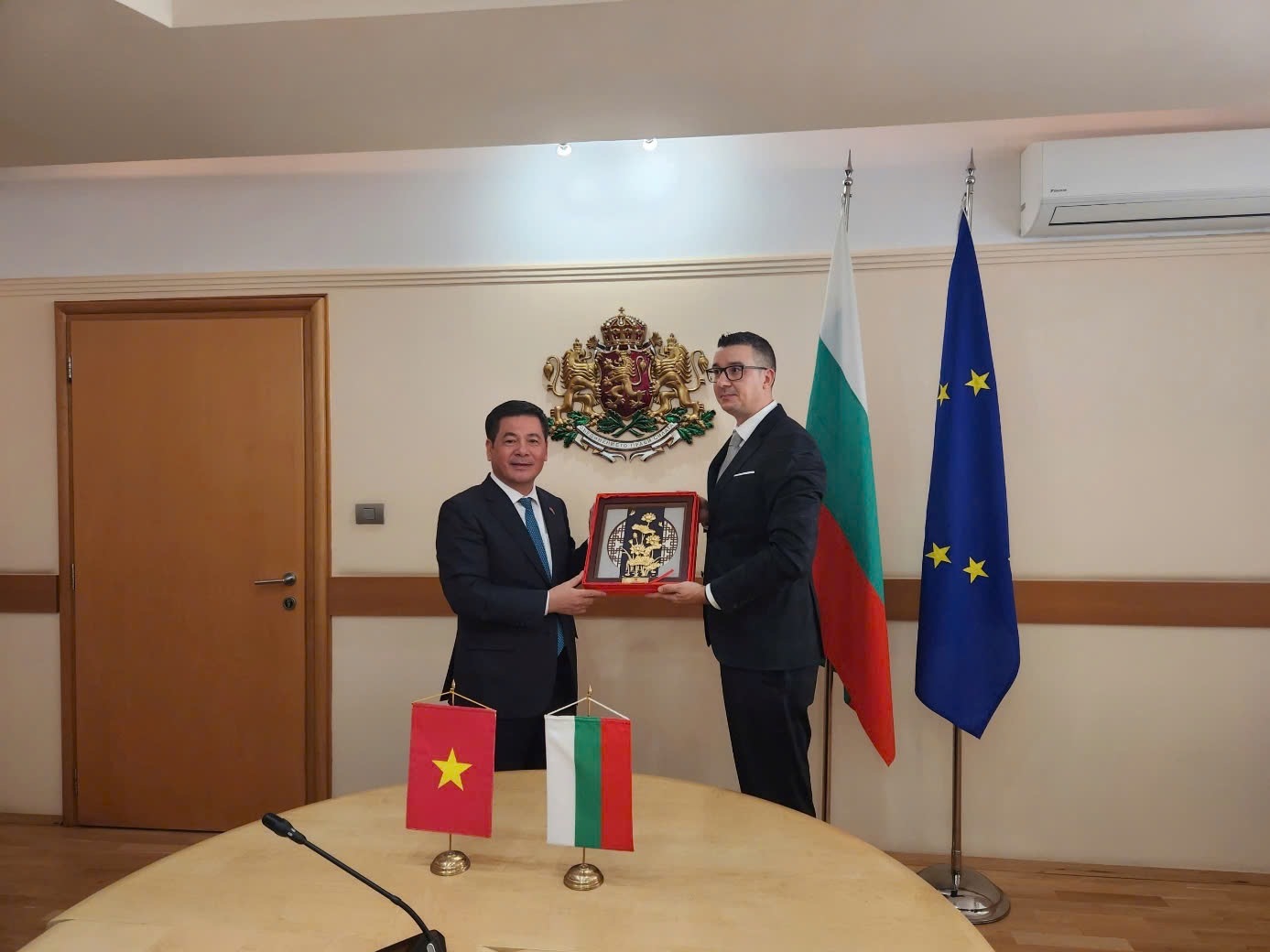
Photo: Thousands of OCOP products “land” at the Vietnam Golden Autumn Fair 2025
19:05 | 23/03/2025 22:24 | 24/10/2025Trade
Responding to storms with the highest spirit and responsibility
The Ministry of Industry and Trade (MoIT) has issued Directive No. 7149/CĐ-BCT to strengthen preparedness and ensure maximum safety in response to super typhoon RAGASA.

Forecast of the location and path of storm RAGASA. Photo: National Center for Hydro-Meteorological Forecasting
The directive was sent to provincial Departments of Industry and Trade from Quang Ninh to Da Nang, the National Power System and Market Operation Company (NSMO), state-owned groups and corporations in the industry and trade sector, as well as hydropower dam operators and mineral extraction facilities in the affected provinces.
According to the directive, RAGASA has intensified into a super typhoon east of Luzon (Philippines), with maximum sustained winds of 184–221 km/h, gusting above level 17. It is forecast to be the strongest storm in the East Sea since the start of the 2025 storm season and may enter the East Sea on the evening of September 22, becoming Storm No. 9. The typhoon is expected to move west-northwest at 15–20 km/h, gaining strength.
The MoIT Minister and Head of the Civil Defense Steering Committee urged all units to respond with the highest level of vigilance and responsibility, in line with directions from the Prime Minister and local authorities. Measures include strict monitoring of the storm’s progress, reinforcement of critical infrastructure, ensuring communication systems remain functional, and deploying proactive safety plans.
Provincial departments were instructed to ensure strict compliance with dam operation protocols, promptly repair equipment at hydropower and mining facilities, and notify downstream communities before flood discharges.
Ensuring electrical system safety
The Vietnam Electricity Group (EVN) was tasked with securing the national grid, reinforcing vulnerable power lines, clearing vegetation, and preparing rapid restoration plans. The NSMO must develop contingency scenarios for system stability, coordinate with hydropower operators, and adjust generation to ensure both safety and flood control.
The directive also requires state-owned enterprises, including Petrovietnam, to ensure offshore oil and gas facilities are secured, with contingency resources ready. Local authorities must stockpile essential goods, especially in disaster-prone and remote areas, to ensure supply stability.
The Ministry emphasized 24/7 readiness, strict reporting requirements, and coordination with provincial governments to safeguard lives, infrastructure, and energy systems against the impact of super typhoon RAGASA.

19:05 | 23/03/2025 22:24 | 24/10/2025Trade

19:05 | 23/03/2025 22:21 | 24/10/2025Trade

19:05 | 23/03/2025 21:48 | 24/10/2025News and Events

19:05 | 23/03/2025 19:03 | 24/10/2025Trade

19:05 | 23/03/2025 18:58 | 24/10/2025Industry